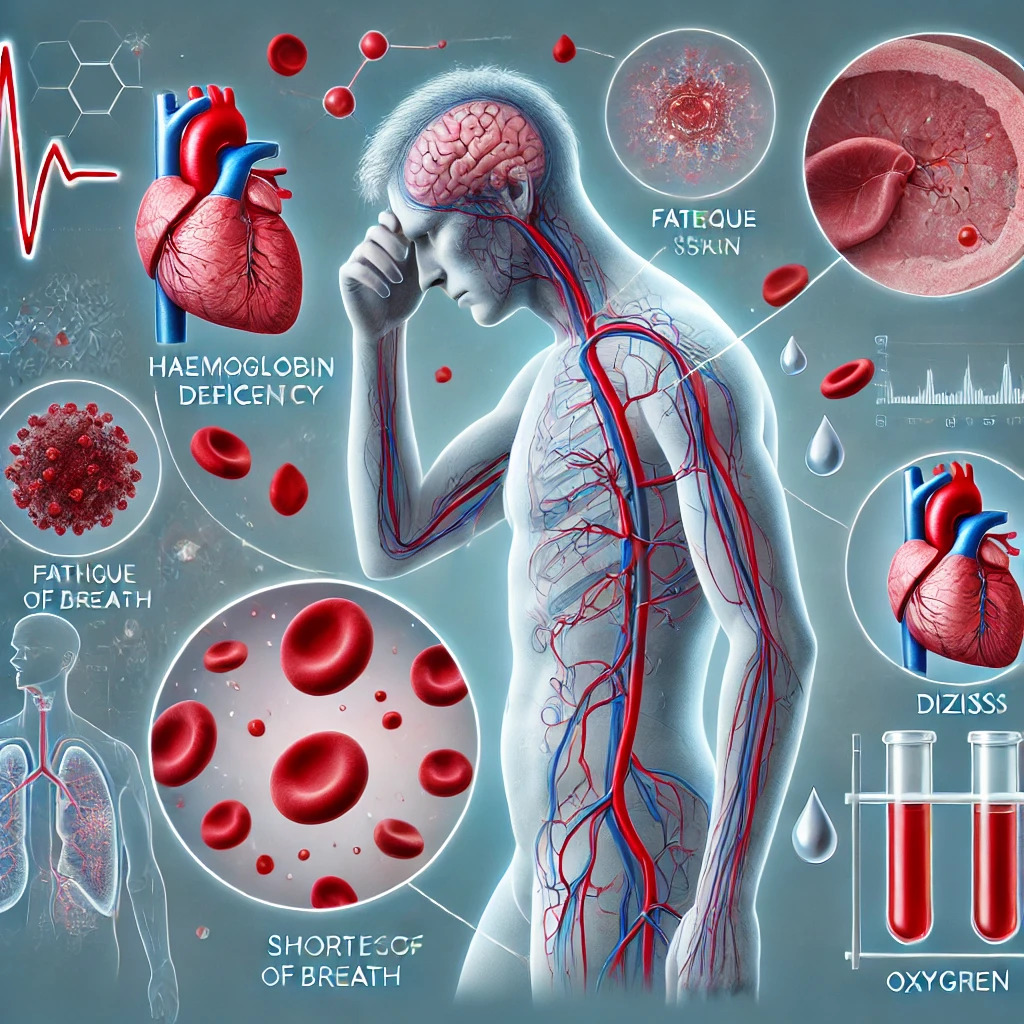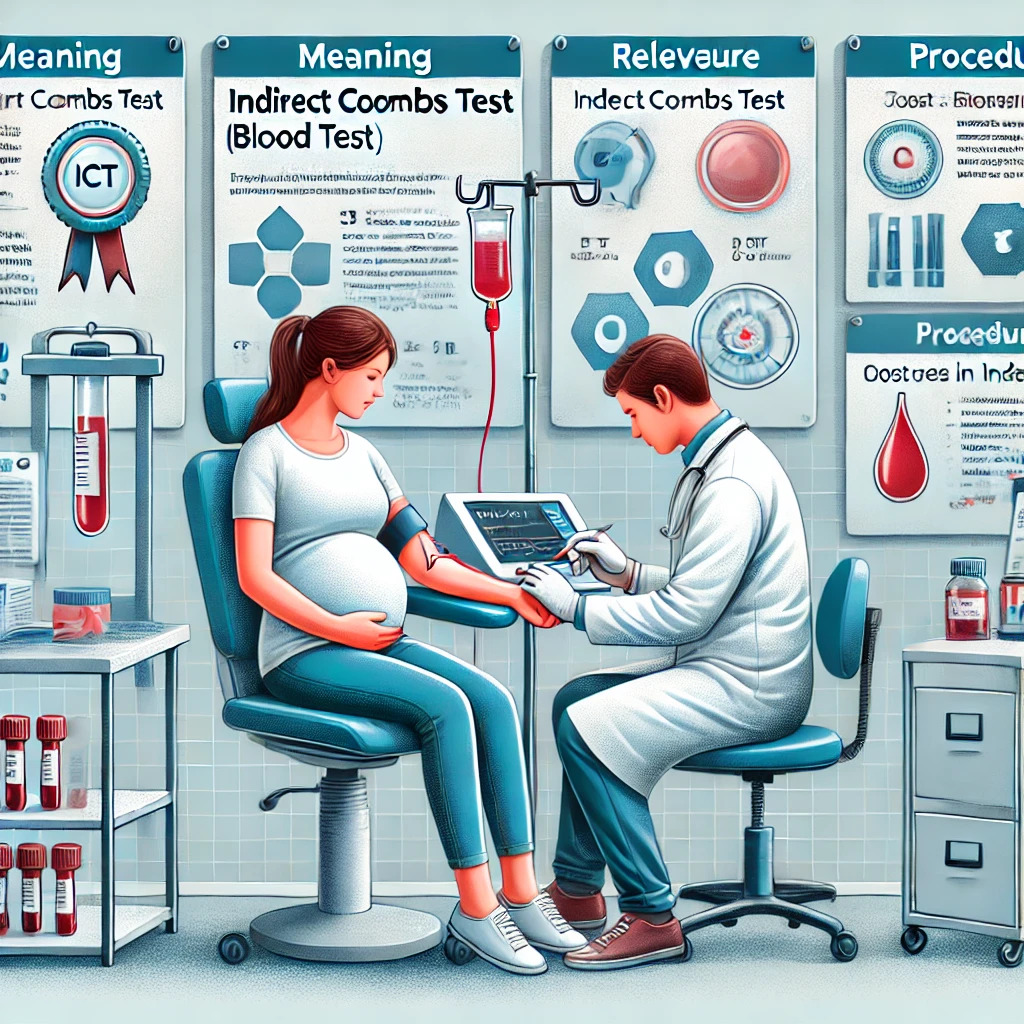Grade 1 Fatty Liver Symptoms, Cause, Diet, and Treatment
.jpg)
Grade 1 fatty liver is a problem increasingly diagnosed in people around the world mainly because of changing lifestyles and eating habits. It has been steadily rising and it is a concerning issue. Grade 1 fatty liver is serious not on its own but it has to be taken seriously because it can progress to Grade 2 fatty liver and then to Grade 3 after which there can be permanent scarring of the liver. This is why it must be prevented in the first place and if diagnosed, all measures should be taken to reverse it.
Grade 1 fatty infiltration of the liver occurs when there is an abnormal build-up of fat in the liver cells. This fatty infiltration can lead to liver inflammation and injury. It is not harmful but it certainly signifies the need to change something about your lifestyle and consult a doctor as it can progress to serious health problems. As there is minimal accumulation of fat in the liver cells at this stage, you may not have any symptoms and liver damage but it must be addressed and reversed before further damage can occur.
What is Grade 1 Fatty Liver?
Fatty Liver Disease exists on a spectrum ranging from Grade 1 to Grade 3 where these grades indicate different degrees of fat accumulation in the liver. Our liver is one of the busiest organs essential for sustaining life. This is why it is important to understand fatty changes in the liver and try to prevent these.
Grade 1 fatty liver is also called mild hepatic steatosis and this is the earliest stage of the fatty liver disease. This condition is often associated with overweight, insulin resistance, and metabolic syndrome. In the early stages of fatty liver, also called Grade 1, there is minimal fat accumulation which is typically less than 5-10% of liver weight. This is a stage where liver function is usually normal and minimal or no symptoms may be noticed.
It mainly results from the accumulation of triglycerides. It can be NAFLD which is non-alcoholic fatty liver disease or alcoholic fatty liver disease.
Recognising Signs and Symptoms of Grade 1 Fatty Liver
Generally, you won't notice any signs and symptoms with mild or grade 1 fatty liver. When people don't get regular health checkups, they may miss early changes of fatty liver and symptoms may appear after it progresses to cirrhosis.
But a small percentage of people may have some signs and symptoms even with minimal changes in the liver which may include-
Right abdominal pain or fullness.
Loss of appetite, nausea, weight loss or gain.
Jaundice may be present in later stages.
Fatigue and weakness.
With the progression of fatty liver disease to scarring, one may have oedema in the abdomen and legs.
Lethargy, confusion, and weakness can ensue.
These signs and symptoms are not always an indication of fatty liver disease as they can also be seen in other liver conditions or health problems. It is important to consult a doctor when you notice any of these symptoms.
It is important to get regular health checkups and see a doctor especially if one has risk factors like diabetes, obesity, poor lifestyle, alcohol dependence, family history, etc. It requires a physical examination, past and present medical history, certain lab tests, sonography, etc, to assess the extent of damage and the right course of treatment as well as lifestyle changes. People need to be educated about the role the liver plays in our body and how self-medication, certain supplements taken without guidance from a healthcare provider, and toxins can damage the liver.
Also Read: - Best Homeopathic medicine for fatty liver
Understanding the Risk Factors for Grade 1 Fatty Liver
Several known risk factors are there which are associated with fatty liver disease:
Dyslipidemia with increased triglyceride levels and high cholesterol levels
Hypertension, prediabetes or insulin resistance, and obesity are also grouped together as metabolic syndrome
Sedentary lifestyle and excess calorie consumption
Excess abdominal fat
Polycystic ovarian disease
Sleep apnea
Type 2 diabetes
Hypothyroidism can manifest with symptoms like cold intolerance, constipation, dry skin, weight gain, water retention, depression, etc.
Underactive pituitary gland
Menopause
High levels of stress
Grade 1 fatty liver is curable with the right guidance and treatment. It is also important to note that many risk factors are manageable which can prevent fatty liver disease from occuring in the first place for most people. You can reduce your chances of developing fatty liver disease and avoid complications by learning about the risk factors, causes, and symptoms of fatty liver. You can get medical care at the right time to prevent it when you have the right knowledge and tools.
Causes of Grade 1 Fatty Liver
Research is underway to understand the exact cause of fatty liver disease. However many factors have been identified which have been associated with the development of fatty liver disease.
Let us look at some of the causes of grade 1 fatty liver:
Being overweight
Insulin resistance
Diabetes
High triglycerides and high cholesterol
Low HDL(the good cholesterol)
Metabolic syndrome
A diet high in trans fats and fructose
Genetic predisposition
Excessive alcohol intake- when liver disease is due to excessive alcohol consumption then it is called alcoholic fatty liver disease and when it is due to other causes it is called non-alcoholic fatty liver disease. With modern lifestyle, non-alcoholic fatty liver disease is on the rise and it has become a serious health concern even in India.
Malnutrition
Certain medications
Exposure to some types of toxins
Rare genetic diseases like Wilson's disease
The above factors can lead to the accumulation of fat in the liver cells which is the main reason for the development of fatty liver disease.
Grade 1 Fatty Liver: How is it diagnosed?
In most cases, grade 1 fatty liver may be diagnosed only when routine tests are carried out or an ultrasound is done for some other purpose because it rarely shows any symptoms.
There are three steps to diagnose fatty liver disease:
A doctor takes a person's medical and family history
A doctor performs a physical examination
Imaging and lab tests are conducted
Medical and Family History
As there are some genetic factors involved in the development of fatty liver disease, a doctor may enquire about the family history. A patient's history of existing health conditions, medicines they have taken in the past, and medicines and supplements they are currently taking are enquired about and noted. A healthcare provider also asks about all the risk factors and alcohol intake.
Physical examination
A doctor examines the patient for various things like weight, blood pressure, and BMI (body mass index), and looks for other things during a physical examination. The doctor may palpate the abdomen to look for an enlarged liver. A doctor can notice signs of insulin resistance which include dark patches around the neck, knuckles, elbows, or knees.
If the fatty liver disease has progressed to cirrhosis, there may be signs like oedema in the extremities and abdomen, enlarged spleen, muscle loss, spider veins, bruising, jaundice, etc.
Lab tests and imaging
A doctor may order liver function tests to look for levels of SGOT and SGPT, GGT, etc. Blood tests can help, mostly but not always, identify liver problems and cirrhosis. If the doctor suspects advanced liver disease then other tests like INR, bleeding time, clotting time, CBC, etc, may also be ordered.
Imaging tests are very useful at diagnosing fatty liver grade 1, 2 or more advanced stage. Ultrasound, fibroscan, CT, and MRI can be used to assess the liver size, fat in the liver, etc. To assess the extent of inflammation and damage, other advanced tests are needed.
Liver biopsy is a very important test to diagnose advanced liver disease where a small tissue sample is taken from the patient's liver. This sample is then examined by a pathologist. This procedure may cause discomfort and it does carry small risks but it has to be done when other tests are inconclusive.
It is important to note that sometimes blood tests may come out to be normal even when there is some damage to the liver which is why imaging tests are important if one suspects fatty liver disease or any type of liver disease. Only a licensed healthcare provider can make a correct diagnosis and recommend the correct treatment for any kind of liver disease.
Treatment of Grade 1 Fatty Liver
There is no specific medication, as yet, to treat fatty liver and the treatment mainly focuses on removing the causative factors, lifestyle changes, and treating the symptoms.
These are the main management strategies for people diagnosed with fatty liver disease:
Completely avoid or at least limit the consumption of alcohol.
Lose excess weight safely and without compromising on nourishment because malnourishment is also a causative factor.
Managing diabetes, high blood pressure, and hyperlipidemia with medicines and lifestyle changes.
Managing stress and improving sleep quality.
Doctors stop the medicines, change the medicines or modify the dosage of medicines which are thought to be among the causative factors of non-alcoholic fatty liver disease.
If alcohol is the causative factor, then therapy and medicines to reduce cravings may be prescribed.
Diet is planned for an individual by a qualified dietitian as this is one of the major strategies for reversal.
For advanced-stage liver disease, a liver transplant may be needed.
Prevention of Grade 1 Fatty Liver
Safe weight loss aiming to lose between half kg to one kg weight in a week.
Lower cholesterol and triglycerides with dietary changes and if needed then take medicines alongside as prescribed.
Avoid alcohol.
Manage diabetes.
Eat a well-balanced diet rich in phytonutrients.
Avoid processed foods.
Avoid high-sugar foods and drinks.
Exercise regularly and safely for your age and health. You can also include yoga for fatty liver by learning the correct asanas from a qualified practitioner.
Be regular with your appointments with your doctor.
Always consult your doctor before taking medicines and supplements to avoid injuring your liver.





